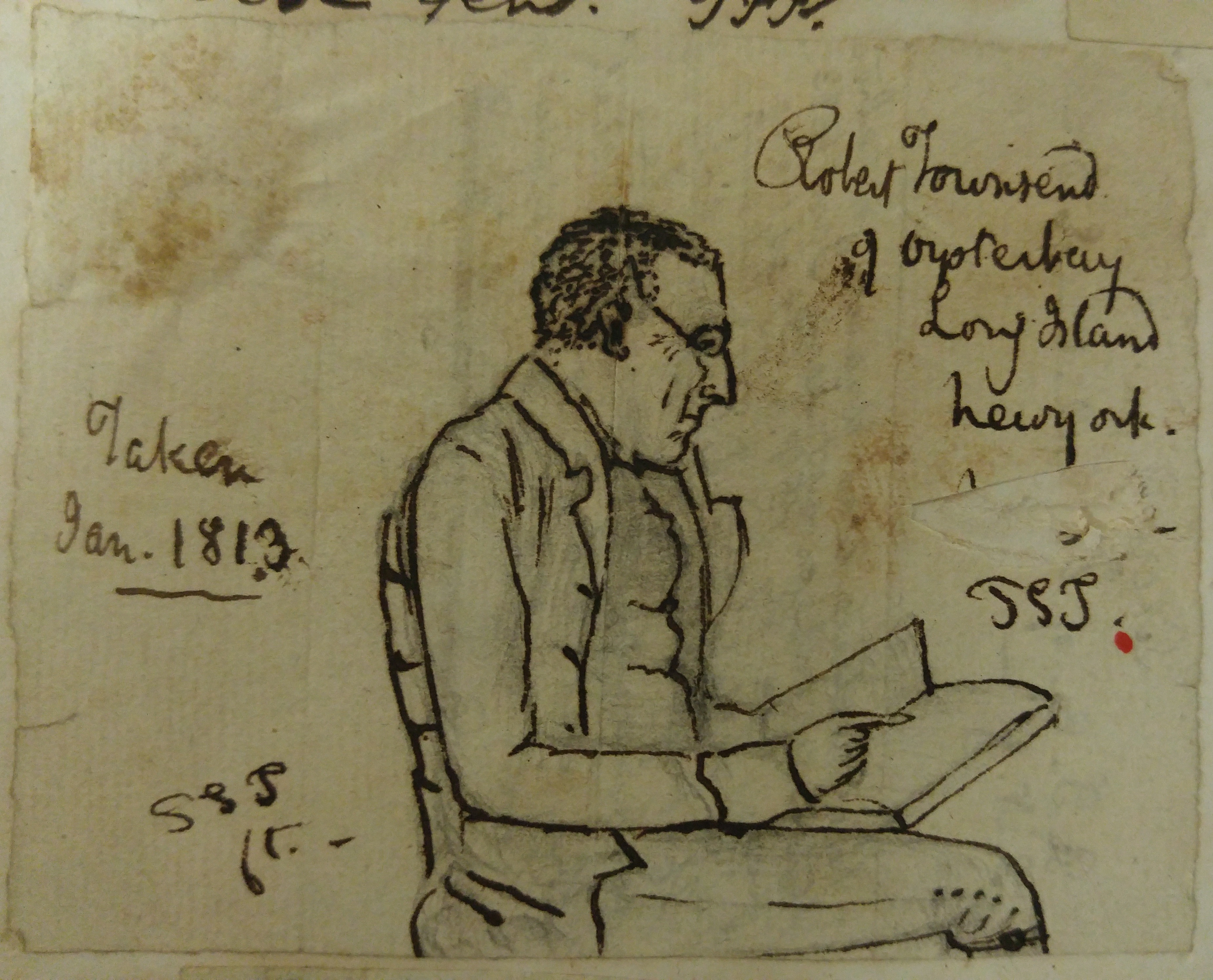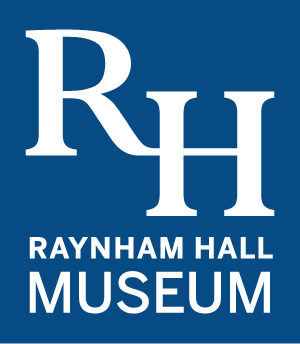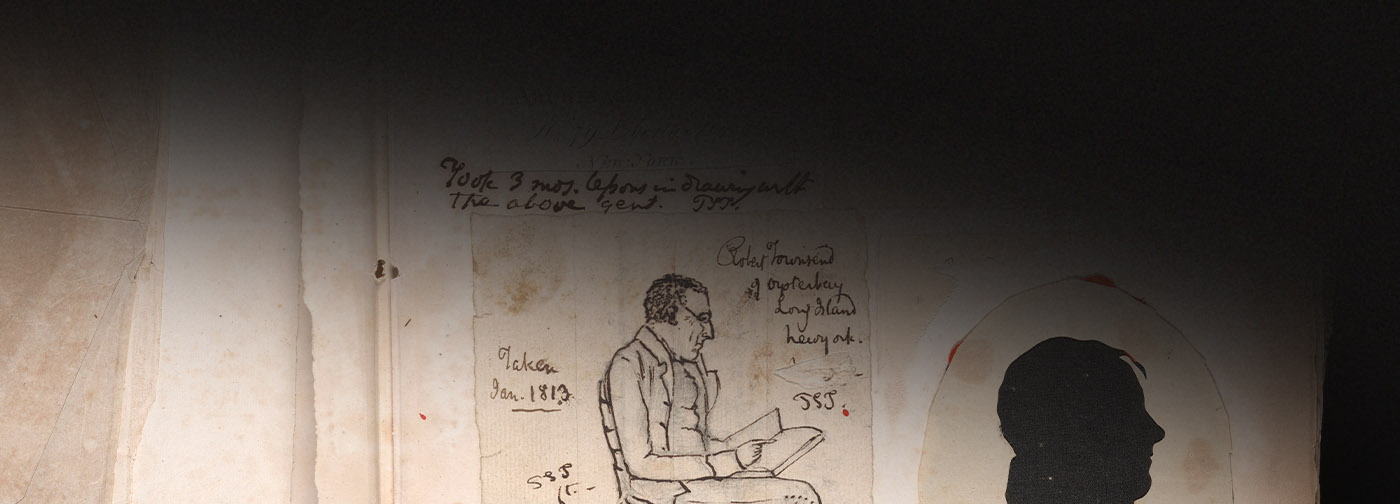Creating A Spy Network

Well-aware of the Patriots’ enormous disadvantage against the far wealthier, better-equipped and better-trained British, who possessed the most powerful fighting force in the world at that time, George Washington believed that the best — and perhaps only — chance he had to succeed was to develop a superior source and use of intelligence. After the death of Nathan Hale, hanged at 21 in Manhattan after being captured by the British as a spy, Washington also resolved that his intelligence network would be operated with discipline and cunning, and he recruited Hale’s Yale classmate Benjamin Tallmadge as his chief operative, in charge of recruiting and running the ring.
At the time he accepted to join George Washington’s intelligence network in 1779, Robert Townsend operated a Manhattan-based merchant shipping firm with his brother William and cousin John. Using his work as a merchant as a cover, Robert could move about the coffee houses, social events, shops and docks of Manhattan, eavesdropping and observing British troop movements, without arousing suspicion.
Under the code name “Culper Junior,” Robert formed the first link in a chain of agents who came to be known as the Culper Spy Ring. Using a special invisible ink formula, invented by John Jay’s brother Sir James Jay, as well as an elaborate numeric code, the spies supplied Washington with critical information about New York City and Long Island.
Robert conveyed his messages to George Washington via courier (usually Long Island tavern keeper Austin Roe) to Setauket, Long Island, whence the messages would be carried by whaleboat (a vessel that might be rowed by six to eight men with the additional help of dismountable sails) to the shores of Connecticut, and from there to wherever Washington was headquartered at that moment. Once received, the message would be revealed by Washington with the use of a re-agent solution that would make the message reappear.
The process of gathering and forwarding information was slow and hazardous, and it caused continual friction between Washington and his field agents. Repeated attempts to speed the messages met with failure, and Washington’s frustration is clear from his correspondence. “It is of little avail to be told of things after they have become a matter of public notoriety,” he wrote in June of 1779.
Despite the shortcomings of the system, Robert and his comrades provided invaluable service to the American cause. By gathering information on British troop movements, they alerted Washington to the possibility of attack. Likewise, they broke the news that the British were planning to undermine the war effort by flooding New York with counterfeit American currency.
The greatest coup of the Culper Spy Ring was alerting Washington to a planned British attack on the French fleet landing at Newport, Rhode Island. With this timely piece of intelligence, Washington was able to bluff the enemy into believing he would attack New York City. This forced the British to withdraw their attack force, and the French were able to disembark without hindrance.
Robert Townsend served his country well, and at great risk to himself and his family. Though he moved back to Raynham Hall following his father’s death in 1790 and lived for years with his sisters Sarah and Phebe, he kept his involvement in the Culper Spy Ring a total secret from his family and friends for the remainder of his life. Indeed, Robert’s involvement in the Culper Spy Ring was not uncovered until the 1930s, when historian Morton Pennypacker hired a well-known handwriting analyst to prove the true identity of Culper Junior.

